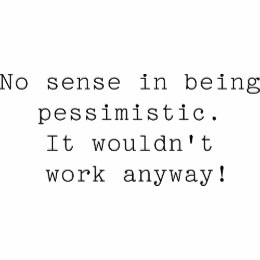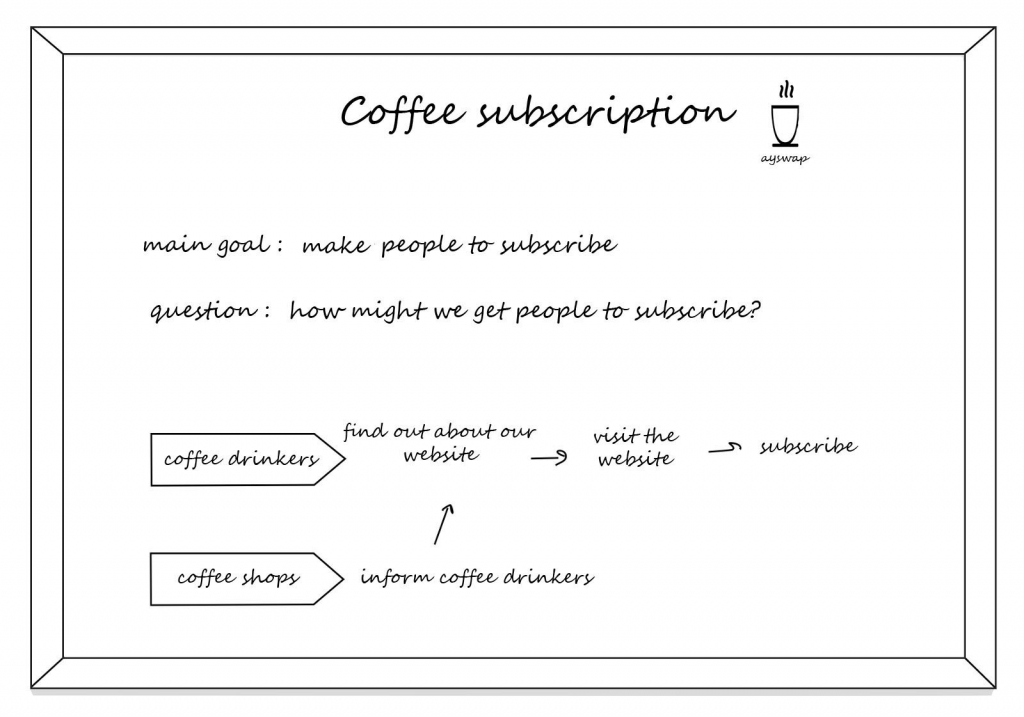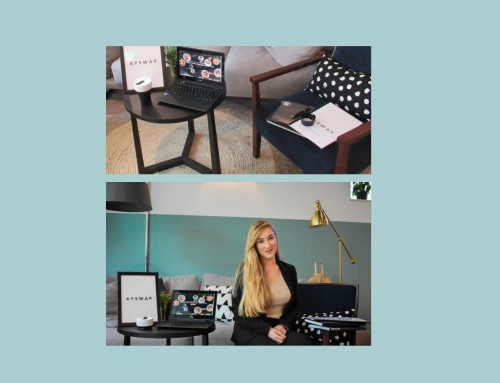Your business probably won’t fail in one year, but have you ever thought about the reasons why it could?
I joined the incubator program Launch22 with my startup Ayswap with the obvious aim to not fail in the future months. Ayswap is a subscription coffee service with the mission to reduce plastic waste from coffee cups and allow customers, coffee drinkers to enjoy discounted coffee at selected coffee shops around London.
At our Launch22’s goal-setting workshop, we began with defining our goals for our business. However, we were asked to think from the different point of view and consider all the possible reasons our businesses would fail. Instead of saying our goal in 1 month, 3 months, 6 months, 1 year and 5 years is to achieve certain milestones we needed to write down the worst occurrences that would arise in these time frames. After writing all the worst things that we reflected on how we would prevent the failures from these possible events.
I figured that perhaps the reason why listing negative things about our business are difficult is the discomfort of listening to that little voice inside of you telling you that you will fail. You know how the saying goes ‘What you think, you become’ and it, therefore, is not pleasant to listen to something you believe so much in it could fail.
Another reason why it is scary to write down reasons why your business will fail is that our brains are somehow programmed towards a goal, which is anything but failing. After all, it is easier to say that my business will succeed and neglect all the negative occurrences that could arise during the development.
‘STARTING AT THE END’
After stating the reasons why the business will fail we were asked to think about the beginning of our entrepreneurial journey by answering why are we even doing what are we doing and what were the main reasons for starting our business?
Thinking about this question made me realise that the reply to this question will have an impact on how you structure the business and it will reflect on your main values and future goals. Whatever your reason was to start your own journey, their reasons will define your future moves within the business and the message you want to bring across and be seen in other people’s eyes. It will also build the way you want that your customers to see your brand, describe it to their friends and so on.
SETTING A CLEAR GOAL
The following task was to make a rough projection of where do we want to be in the short-term. The main vision for Ayswap is to bring value to consumers, coffee shops and the environment. And the goal for the following months is to get as many coffee drinkers as possible to subscribe via the Ayswap website.
I figured it is easier to start with a long-term goal and then break it down into smaller steps. For example, starting with the ‘big dream’ of where do you see your business in five years, following by defining small steps of how are you going to get there by writing where do you see your business in one year, then six months, then one month until you get to one week or one day.
The key learning points with this exercise were that if you start with the ‘wrong’ long-term mission you will also end up solving the ‘wrong’ problems and stray from your original goal.
PESSIMISTIC HAT
Thinking pessimistically gave me an understanding of how people make assumptions – which, when wrong, can be dangerous. The reason is that we create negative thoughts which could lead to wrong assumptions. These assumptions are therefore created in our minds without having a deeper knowledge of what will happen. On the one hand, these assumptions did not exist before we created them in our minds. On the other hand, such a negative way of thinking was beneficial for developing constructive criticism, which is necessary for learning, improving and growing.
Writing down all the scary things why our business will fail was a relief because when you have already stated the worst thing that could happen to your business you reconcile with these words. With this in mind, it was a challenging, but rewarding, to think pessimistically as it mentally prepared me to accept that failing needs to happen in order to achieve certain goals.
Source: here
SPRINT QUESTIONS
The last task was to define the long-term goals in order to target the right customers and consider how to approach them. We clarified who our customers were by writing down reasons why they would use our service and sketch how to achieve this. The main goal for the Ayswap was to attract more subscribers to our service, so I sketched a possible customer journey to achieve this goal. The question below represents the first draft of Ayswap’s broader goal and possible questions.
Goal: to bring value to customers, coffee shops and the environment
Sprint questions: will customers trust our subscriptions? Will coffee shop business want to collaborate with us? Will coffee be popular in one or five years as it is today?
CUSTOMER MAP
After that, it was time to sketch a more specific goal. I want to make coffee drinkers to subscribe via the Ayswap website. So here is a very simplified sketch of the possible customer journey with a specific goal.
Source: Designed by me – J.P.
All in all, the main learning points from this session were that your assumptions, especially negative do not really represent the truth and are not valid until you test them. You should not rely on your thoughts or assumptions when it comes to business as in most cases you will be wrong. To avoid making wrong assumptions there are few ways of approaching them so that your business would not fail in one year. For example:
-
Be clear about your long-term goals,
-
List the main sprint questions, which will allow you to solve some of the problems just by asking yourself and your team the right questions,
-
Sketch a customer journey map with your final goal – eg. on the right side list the customer and on the left side list your goal. Then draw a journey of possible ways your customers can take in order to achieve your set goal.









